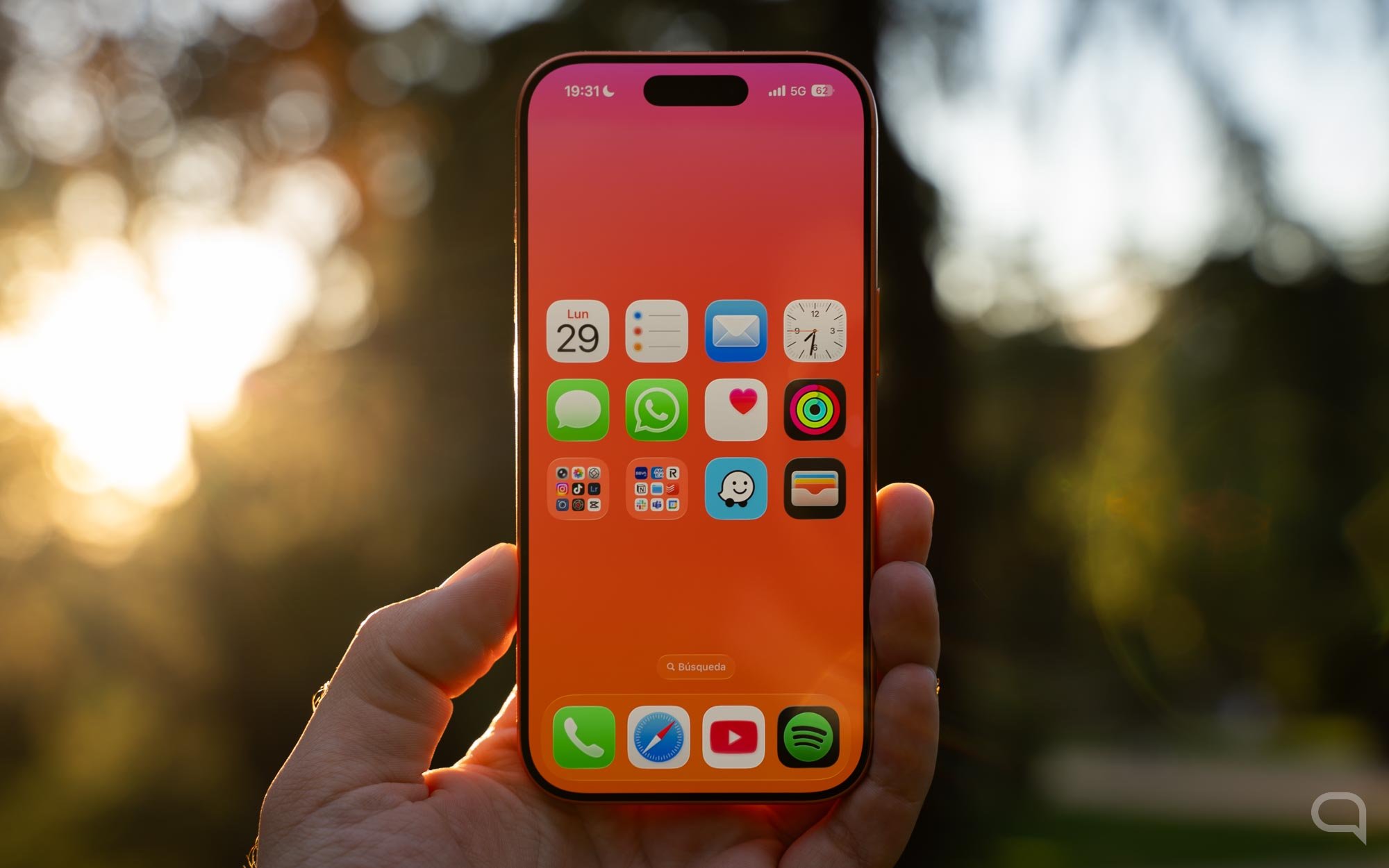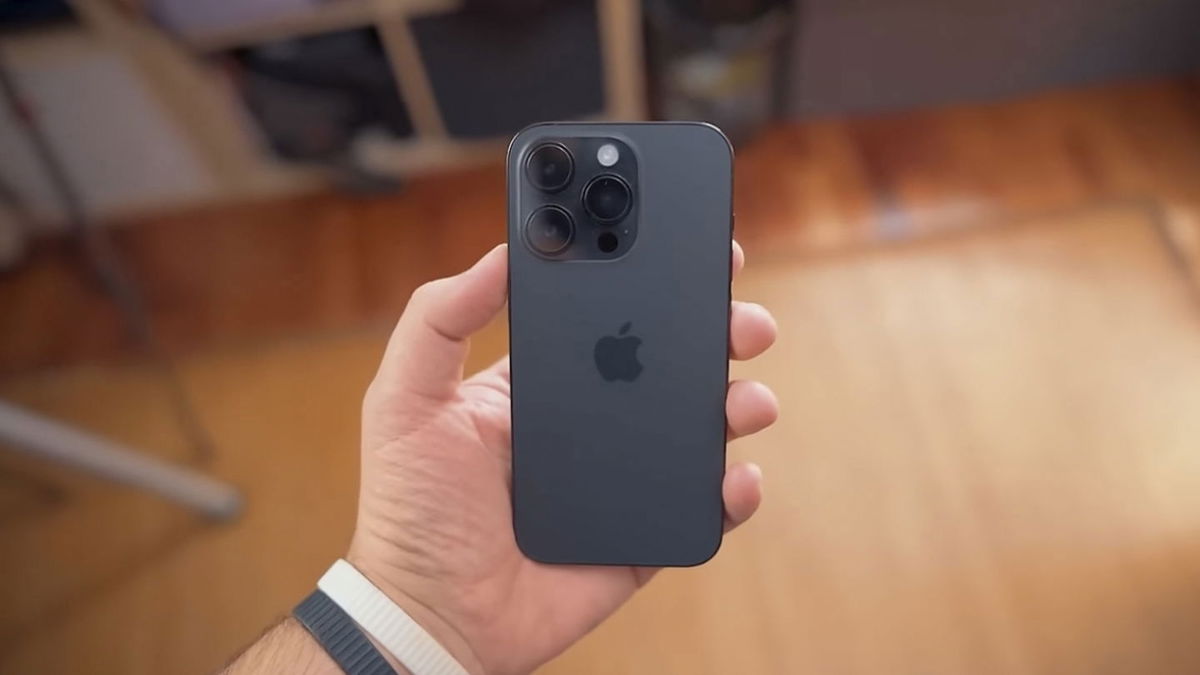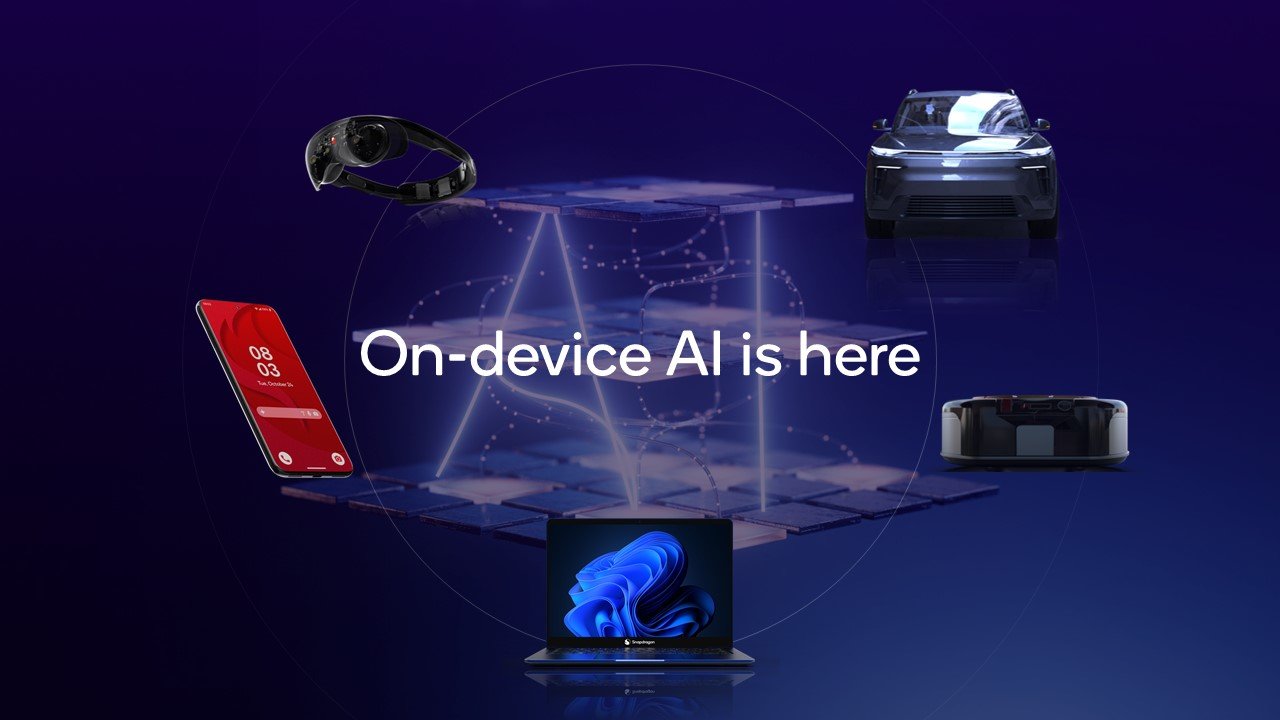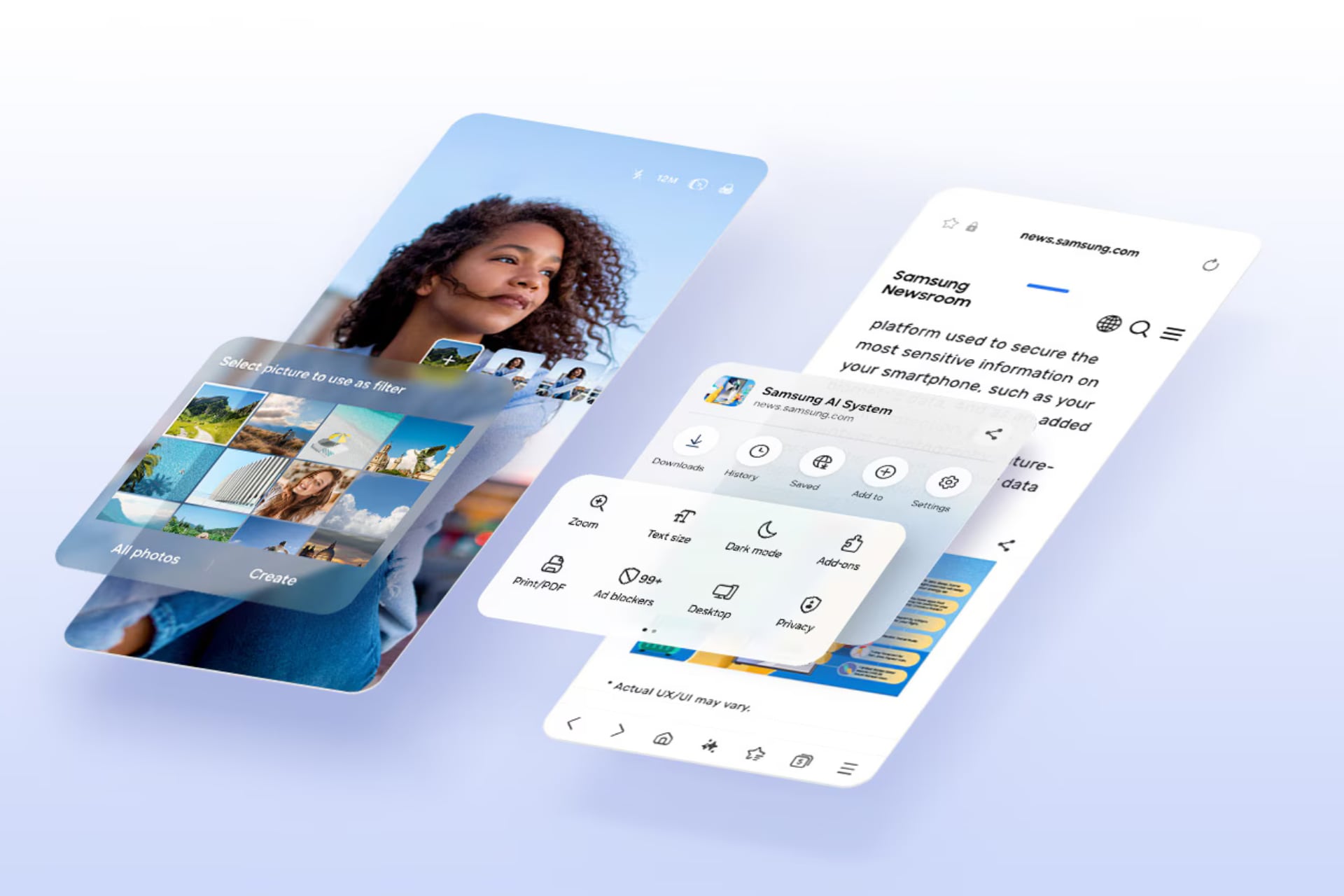Tools and applications based on generative Artificial Intelligence (AI) for mobile phones and Windows computers should reach users faster. At least that’s the proposal of the Qualcomm AI Hub, announced at the Mobile World Congress (MWC) expo on Monday (26).
Qualcomm AI Hub should offer AI tools so developers can better leverage hardware. The new feature will be available starting today for products equipped with Snapdragon 8 Gen 3 and Snapdragon X Elite, focusing on Windows computers.
As Durga Malladi, Qualcomm’s senior vice president and general manager of technology planning and edge solutions, explains: AI Hub is a library available to developers with pre-optimized language models. From this point of view, it is expected that the development of new solutions and applications based on artificial intelligence will become easier.
Qualcomm’s artificial intelligence library There are more than 75 language models that will run on mobile phones, tablets and computers using the company’s chipsets. Not only that, the new features can be integrated into cars, connected smart devices, and products focused on mixed reality.
Templates will also be available on GitHub and Hugging Face. Qualcomm also promises that new models will be added to the AI Hub in the future. They are divided into categories as follows:
-
Image production;
-
Image fragmentation;
-
Image classification;
-
Text production;
-
Object detection;
-
Super Resolution;
-
Improvements for photos in low-light situations;
-
More natural language understanding.
Models such as Stable Diffusion, Whisper, ControlNet and Baichuan 7B stand out. They should consume less memory and power while taking advantage of “hardware acceleration across all Qualcomm AI Engine cores (NPU, CPU, and GPU).”
Android phones with stronger artificial intelligence
Also at MWC 2024, Qualcomm announced that its major multimodal model (LMM) LLaVA (Large Language and Vision Assistant) is now coming to Android devices. It has 7 billion parameters and works with text, audio and image data simultaneously.

In a demonstration, the company showcased an Android mobile phone that uses LLaVA as a virtual assistant. The company simulates sending a photo of some ingredients to the assistant and asking him to recognize them, then asking for help preparing a meal with the available ingredients. In addition to providing calorie data in the same conversation, the assistant returns information as text and gives tips on what to cook with ingredients recognized in the image.
Another tool that could gain momentum in high-end Android devices is AI imaging. Qualcomm demonstrated the Low Order Adaptation (LoRA) method running on a device while running Stable Diffusion.
Working with more than 1 billion parameters, it is capable of creating high-quality images in less time, as well as customizing creations according to the user’s personal and artistic preferences. It can also be run directly from devices.
Source: Tec Mundo
I am a passionate and hardworking journalist with an eye for detail. I specialize in the field of news reporting, and have been writing for Gadget Onus, a renowned online news site, since 2019. As the author of their Hot News section, I’m proud to be at the forefront of today’s headlines and current affairs.











